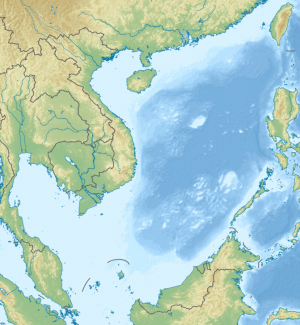On the fifth anniversary of the Philippines’ historic legal victory over China regarding their maritime dispute in the West Philippine Sea (South China Sea) it is timely to correct the record. The Permanent Court of Arbitration (PCA) did not decide the case brought by the Philippines against China. Yet many media commentators, think tank regional security analysts, and academics assert otherwise. How did they get it wrong?
The United Nations Convention on the Law of the Sea (UNCLOS) Annex VII, makes provision for four and only four binding dispute settlement mechanisms: the International Tribunal on the Law of the Sea (ITLOS), International Court of Justice (ICJ), Arbitral Tribunal, and Special Arbitral Tribunal. There is no mention of the PCA in Annex VII or anywhere else in UNCLOS.
State signatories to UNCLOS are free to nominate any of the four dispute settlement mechanisms they prefer. If a state fails to nominate its preference, the default position is the Arbitral Tribunal. Neither China nor the Philippines indicated a preference so both were bound by the default position, the Arbitral Tribunal.
Each party to a dispute under UNCLOS Annex VII is entitled to nominate a judge to represent its interests. The chairman of ITLOS nominates the other judges, including the chairman, from a panel of international judges nominated by their home countries.
The Philippines nominated a judge to represent its interests. Because China refused to participate in the proceedings it did not nominate a judge. UNCLOS makes provision for circumstances when one of the parties declines to participate. In this case, the responsibility devolves to the chairman of ITLOS, who nominated four judges, including one to represent China, for a total of five.
The Arbitral Tribunal is an ad hoc body. It is formed to deal with a specific case and disbands when the case is settled. Because the Arbitral Tribunal is ad hoc, it owns no premises, library, legal archive, or administration and support staff. It must contract out these services.
The Permanent Court of Arbitration is one of the oldest in the world but it is not part of the United Nations system of courts and tribunals. The PCA is a misnomer because it is not a court with a permanent panel of judges. It is in fact a facility that contains a chamber suitable for arbitral hearings. It also has a law library, legal archive, and administrative and support staff.
The PCA is used by parties to a dispute – states and/or multinational institutions – who mutually agree to arbitration and who also agree to accept the result of arbitration. They select the judges and agree on the rules to be followed. This was not the case in the dispute between the Philippines and China.
In the case the Philippines v. China, the Arbitral Tribunal contracted the Permanent Court of Arbitration to act as its registry. The PCA provided courtroom facilities, a law library, administrative support, and served as the registry for all communications. All communications by the Arbitral Tribunal were sent out by the PCA on its stationary. Each item was numbered and later became part of the permanent archive at the PCA.
The source of confusion over the PCA’s role arose from the Arbitral Tribunal’s Award. It was numbered and issued on PCA stationary. But the cover of the Award clearly indicated that it was issued by the Arbitral Tribunal.
On the fifth anniversary of the Arbitral Tribunal Award it is time to correct the public record and give UNCLOS its due. The case brought by the Philippines against China was handled by an Arbitral Tribunal established under Annex VII of UNCLOS.

































